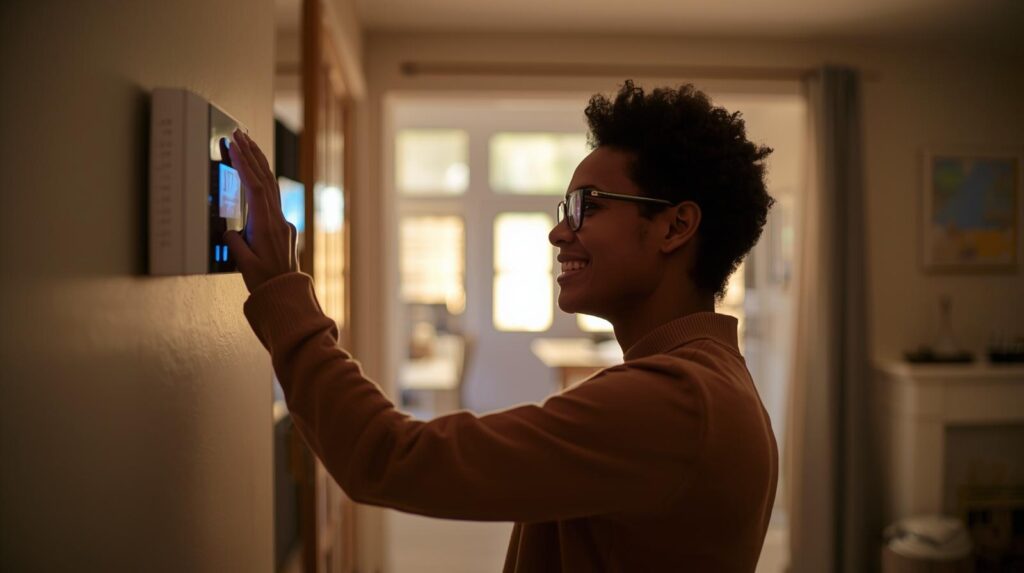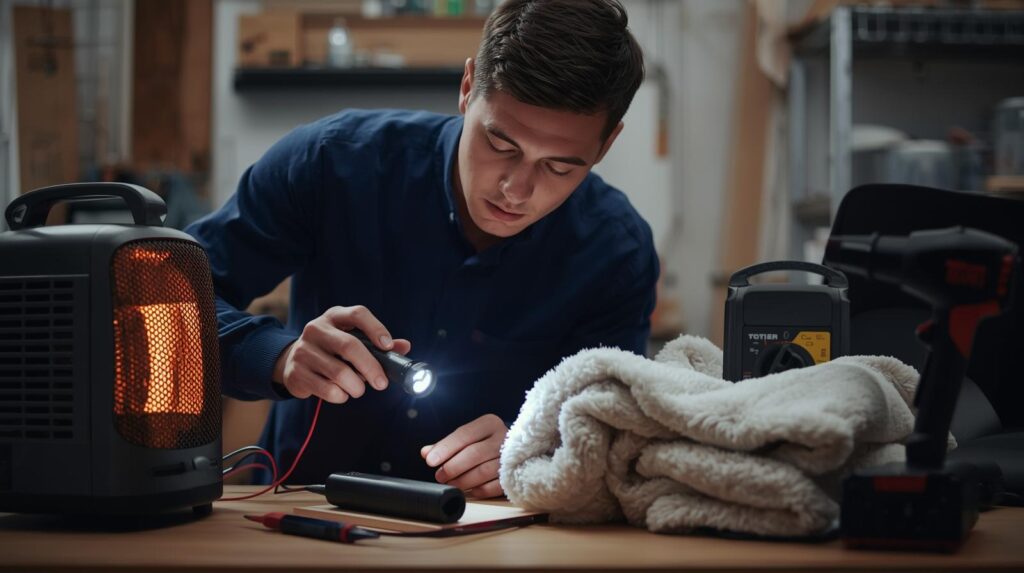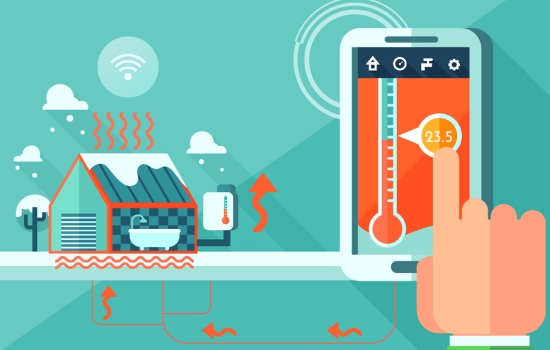How’s your first winter in Korea going?
- “The snow is so pretty!”
- “But… my room is freezing, and the heating bill scares me.”
I hear this all the time from international students.
So today, I’ve organized some helpful insights about Korean winter heating systems and realistic money-saving tips that international students can actually practice.
1. Why homes in Korean winter feel colder than you expect

During winter (December to February), Korea’s average temperature is around -5°C to +3°C.
Especially in Seoul, Gyeonggi, and Gangwon areas, the wind chill makes it feel even colder.
Many international students live in one-room studios, older villas, or some dormitories where:
- Insulation is weak or there are gaps around windows
- Even minimal heating can cause a steep spike in gas bills
That’s why many find themselves in the ironic situation of being “too cold to study but too worried to turn on the heater.”
2. Five practical lifestyle habits to lower your heating costs

① Weather strips + window insulation film are must-haves
Simply blocking cold air that seeps through doors and window gaps
can help reduce your heating bill by around 15–20%.
- Available at Daiso, supermarkets, and online stores like Coupang
- Apply carefully around window frames and door frames for best results.
② Set your ondol floor heating to around 24–26°C for efficiency
Raising your floor heating above 30°C and turning it on and off frequently
is a shortcut to high gas bills.
- Keeping it steady between 24–26°C maintains comfort and efficiency
- When you go out for extended hours, lower it to 18–20°C instead of turning it off entirely.
③ Place a rug or carpet on the floor
Due to the way Korean homes are built, cold air often comes up from the floor.
Just adding a rug can make the room feel significantly warmer.
④ Turning on a humidifier raises the perceived temperature by +2°C
When the air is dry, even 24°C can feel chilly.
Keeping indoor humidity between 40–60% can make it feel about 2°C warmer.
- If you don’t have a humidifier, place cups of water or a wet towel indoors for a small but helpful effect.
⑤ Air out the room often, but briefly and powerfully
Ventilation is still necessary even in winter.
But leaving the window open for too long will spike your heating bill.
- Open windows 2–3 times a day for 5–10 minutes to refresh the air efficiently
- Turn off the heating temporarily while ventilating to save energy.
3. Could you be eligible? Winter energy support programs

Many local governments in Korea offer winter heating and electricity bill assistance programs for energy-vulnerable households.
Most of these programs are designed for Korean nationals,
but in some areas, long-term foreign residents may also qualify depending on the criteria.
- How to check: Visit your local Resident Center and ask about “Winter Heating Bill / Energy Support Programs.”
- Documents that may be required: Alien Registration Card, rental contract, bank account copy, etc.
“You might not qualify, but there’s no harm in asking.”
4. Don’t forget to check your winter safety, too

More important than the heating bill is your safety.
- Wipe off condensation or mold near windows immediately and ventilate regularly
- Never plug electric heaters, heated blankets, or hair dryers into the same power strip
- Check that your boiler exhaust pipe isn’t blocked by snow or debris
At WeBring, we don’t just provide information — we aim to be a partner who listens to and helps solve real-life challenges that international students face.
If you’re dealing with issues like “my home is too cold” or “the mold is too bad,” please feel free to reach out and share your story.

WeBring Service : Provides personalized services to foreigners living in Korea
Exclusive offer: Introducing foreign car rental in Korea, WeBring-SoCar

